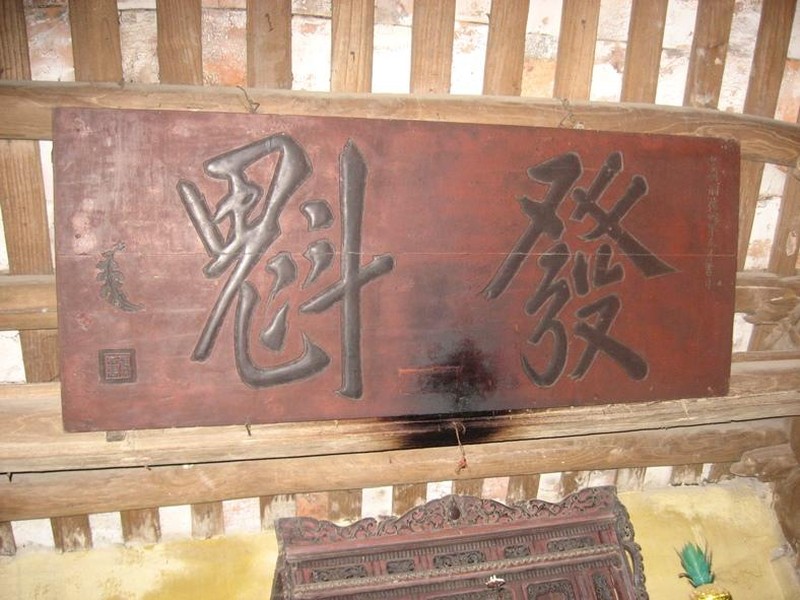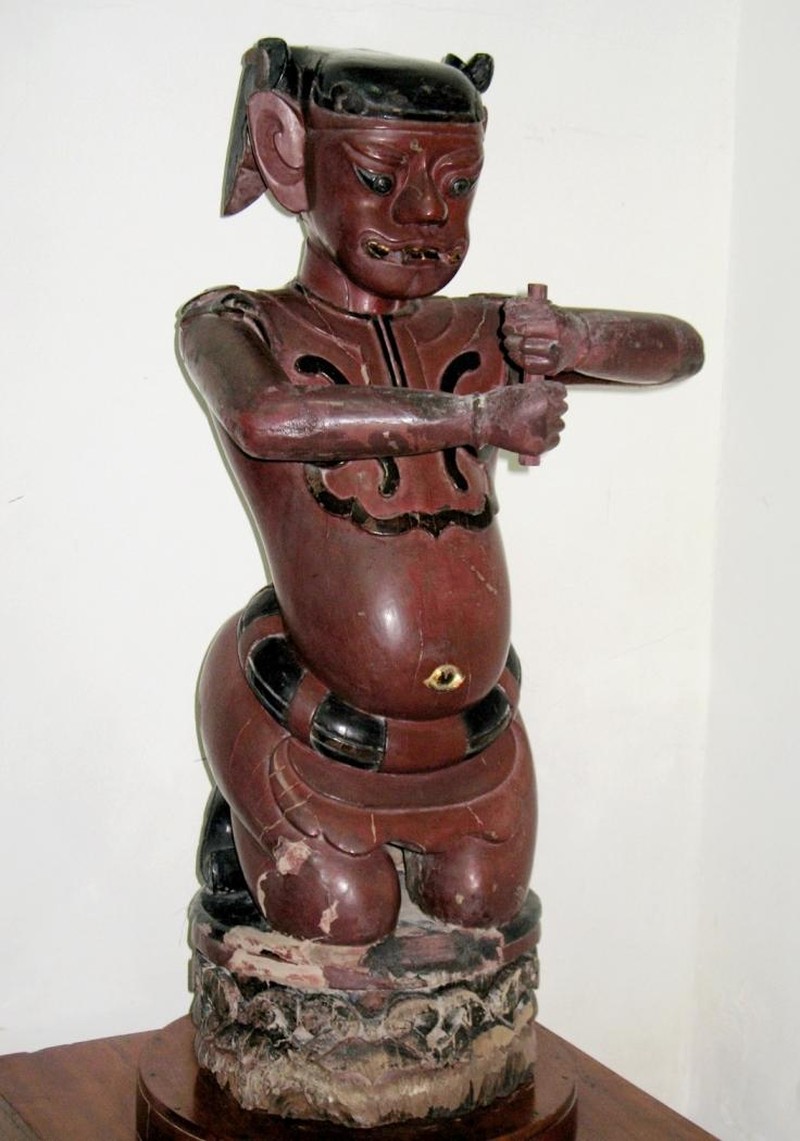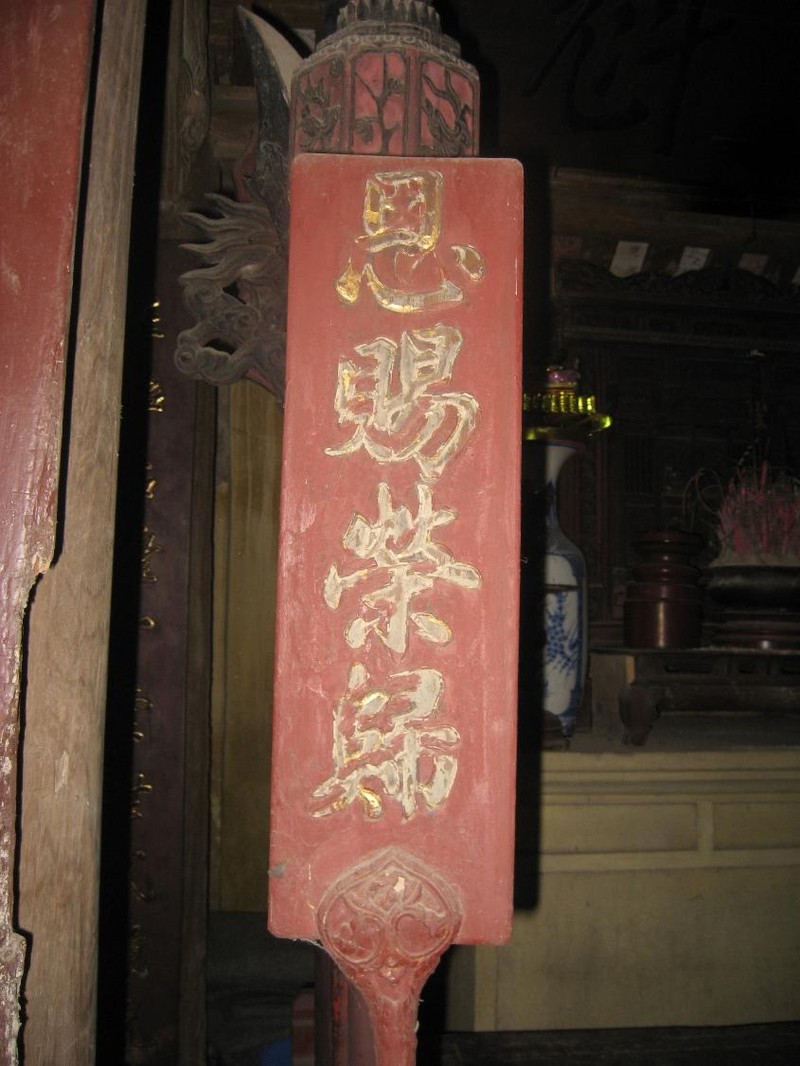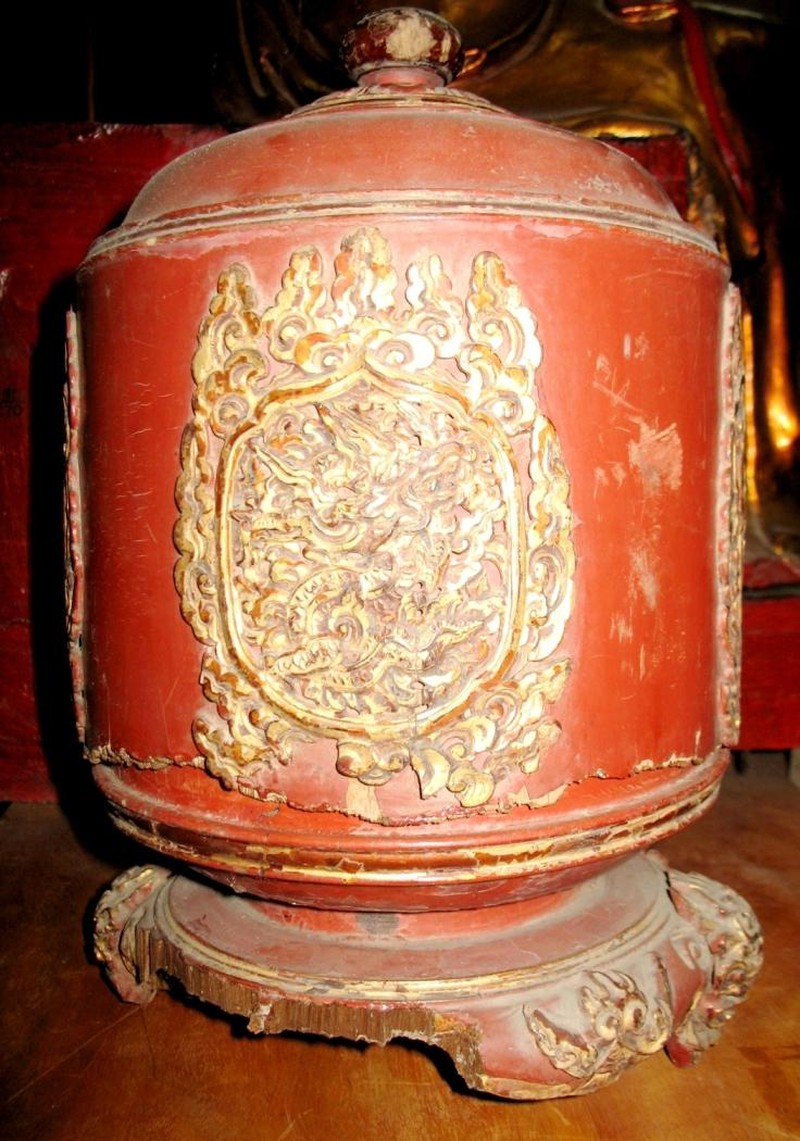The past artisans might have not imagined that the vases they made would become special cultural values, which are being hunted and those prices paid equal many years of hard work.

Trading of antiques is flourishing in Vietnam
Pottery artisans living under Vietnam’s Mac dynasty (1527 - 1592) also might not have thought that their products are being showcased in eye-catching positions in some Turkish museums and valued at millions of US dollars.
Vietnam’s strong economic development has enriched many people through investment in real estate, automobiles and securities. However, investment in antiques as a hobby has begun to develop, because of antiques’ big economic, cultural and decorative values, especially for those eager to look into the old life. That is the reason why rare antiques are being hunted with great passion.
Like in China, prized antiques include coins, books, vases, jars, parallel scrolls, incense burners, wooden plank beds and tea chests.
No one knows when the practice of collecting antiques appeared in Vietnam, but it is said to have originated in China.
After 1975, antique trading in Vietnam was banned and everything belonged to the state’s hands. It was not until 2002, when the Law on Cultural Heritage came into being, that antique trading, changing and owning began to be admitted into the country. Since then, the number of antique collectors, clubs and owners throughout the country has strongly augmented. People owning antiques come from different social backgrounds such as state officials, artists, workers, doctors and lawyers.

Some of them inherited old things from their families and grew curious about them. Some of them are introduced to this hobby by friends. What they share is a big passion for knowledge and pride in their treasures, though collecting antiques takes money, time and patience.
A great passion

Recently in Hanoi’s Cao village, Nguyen Xuan Thu, who is a doctor, asked the local court to approve her request to be divorced from her husband after their ten-year marriage.
“I cannot bear his life. He has always lived with his antiques. He spent most of his income on such goddamned things without paying attention to the family,” says Thu, mother of two children.
Pham Duc Minh, Thu’s husband who is a computer engineer, has his reasons for his exclusive hobby.
“Antiques are great. They give me a good life, both spiritually and economically. Why does she not understand my passion?” says Hung, who owns a collection of over 100 bowls, 50 lamps, and hundreds of vases which all are dated back to at least 100 years ago.
He says since he began to collect antiques, he has got a better understanding of the past.
Showing me an ancient lamp, he explains that he bought it from a family in Hanoi’s Dong Ngac village, which is famous nationwide for its traditional fondness for learning.
“I bought it for VND200,000 (8.7 USD). The lamp was used by that family’s four generations, in which many people have succeeded in examinations. I want my children to study better via the image of this lamp,” Minh says.
Each of his “treasures” has its own interesting story. With a bowl in his hand, Hung says the object was bought by him accidentally when he was watching farmers catching fish in a dry pond in the northern province of Ha Nam.
A farmer used this bowl to scoop water out of the pond bed. Discovering that the bowl might be a precious thing, Hung pretended to ask him to sell him some fish. The farmer agreed. Then Minh asked the farmer to give him the bowl with some extra money offered. The farmer nodded.
“But a man was sitting on the bank whom I think might have been an antique trader. When the farmer had just handed the bowl over to me, the man said he would pay him more than the sum I had given to him. A quarrel occurred and I gave some more money to the farmer before quickly driving away on my motorbike as soon as possible, because the man and some people were chasing me,” Minh says proudly about his feat. “A few days later, I found that the bowl was made in the 14th century.”
Minh’s antiques were bought at prices from several dollars to hundreds of US dollars. He says their existing prices can be seven or ten times higher than before.
I am not sure what will happen to Minh’s family, because while he gave me no answer, his wife insists on divorce, which will be solved over the next three months. However, Minh’s story is also typical of many others related to antique devotees.
Hoang Van Cu, who has become an antique collector in Hanoi’s Tay Ho district for 20 years, says many antiques are initially bought at cheap prices, though their values are extremely great.
“I used to be a cameraman. One day, I bought a vase from my neighbour. The vase was later found to have been made during the Tran dynasty (1225-1400 AD). Three years later I sold it at a price 12 times higher than the price at which I bought it,” Cu says.
“Then, my passion for antiques gradually grew, I spent that money to buy other antiques and finally quit my job as a cameraman,” he says.
His house which used to be a tile-roofed house was rebuilt eight years ago into a four-storey house. “I am a lucky person. At present, I own big collections of books, vases and rings, most of which were made in the 14th -15th century in Vietnam and China. These objects have given me a great deal of historical, cultural and fine art knowledge. I can feel each of the old items has its soul,” he says.
Tricks of the trade
However, Cu also admits that he had to suffer from losses or even “shed blood” to own his existing assets.
“Like me, all antique collectors or traders have had to pay prices. You know, there exists an antique market in which there are so many fake antiques, which mostly come from China. The fakes are skillfully made with the help of chemicals. If you are not a connoisseur, you are surely cheated,” Cu says.

For example, he says, many people are collecting gems and jades. “But they don’t know that 90 per cent of marketed gems and jades are just fakes or have a bad quality which originates from China. Natural gems and jades can cut glass, while the fakes cannot as they are softer,” he says.
According to antique collectors, in many craft villages, including even Hanoi’s Bat Trang pottery village, Ngu Xa bronze casting village or Hung Yen’s Phu Lang pottery village, fake ancient products are being mass produced. “That is why you see so many antiques in the market. Where do they come from? The answer is they are newly made,” Minh says.
“I know very well the way they are made. I also can make items quite similar to those of the Ly or Tran dynasties,” he says. “Most antique collectors and traders have their ruse to enrich their collection. Amateur collectors, cannot distinguish the fakes from the genuine.”
Nhat Huy